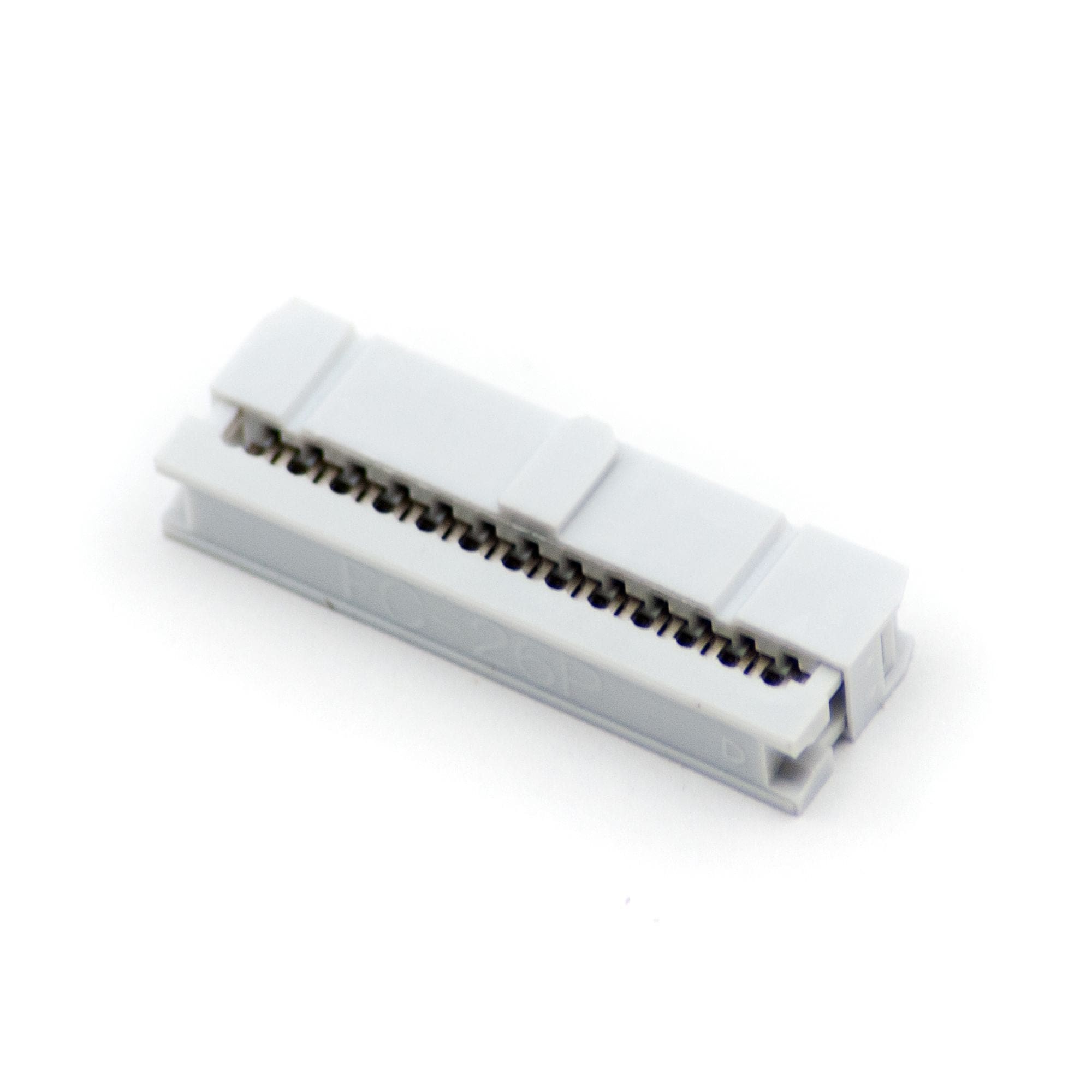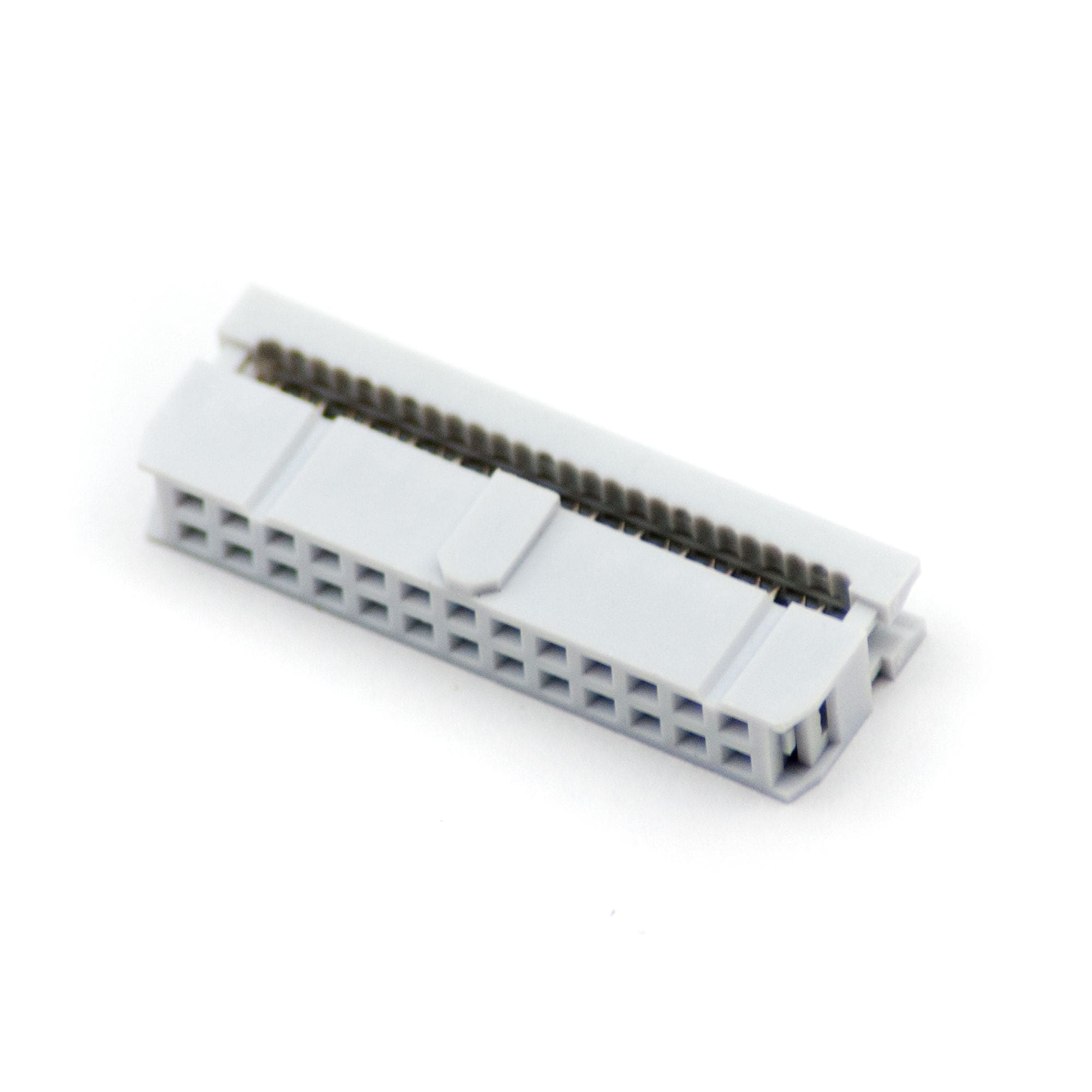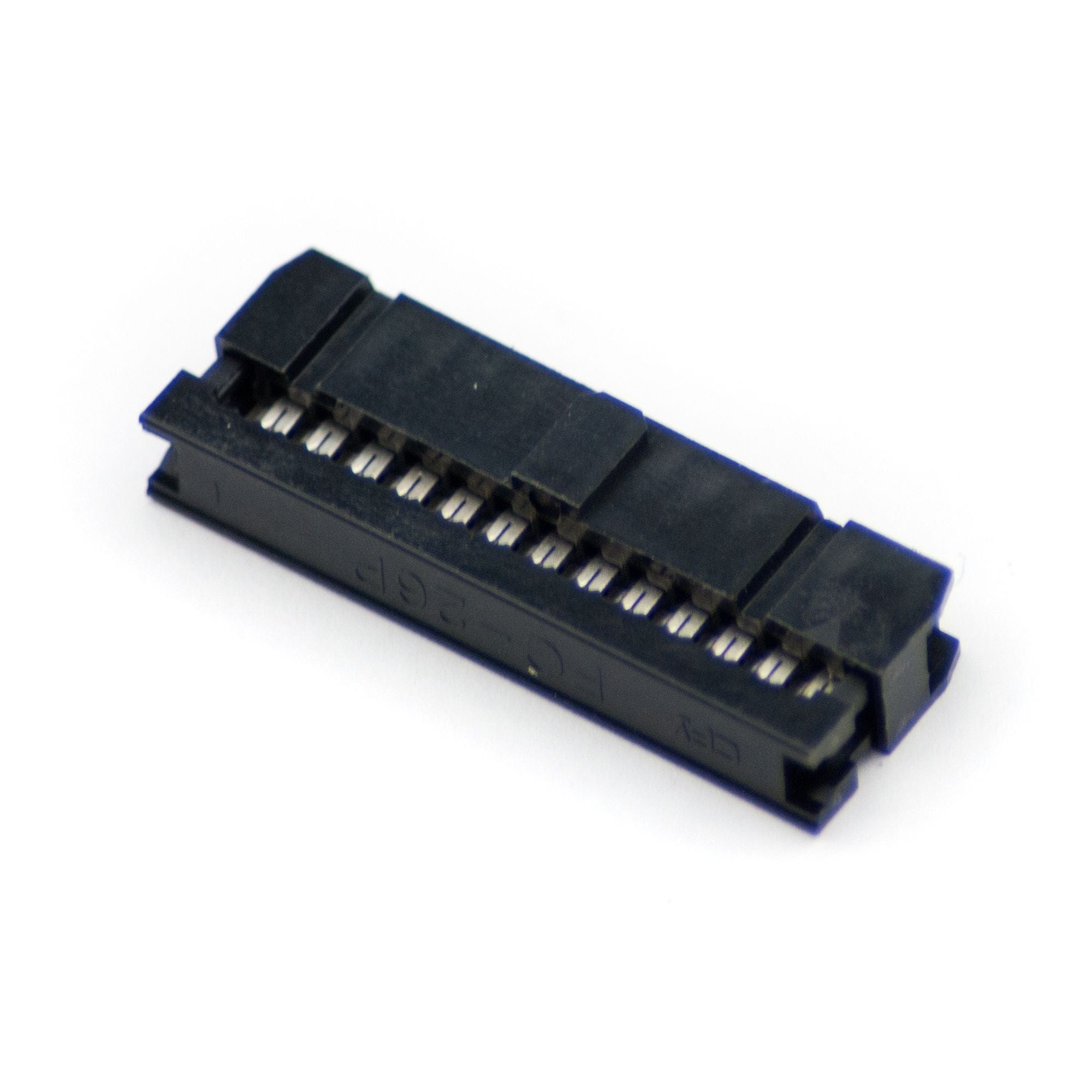
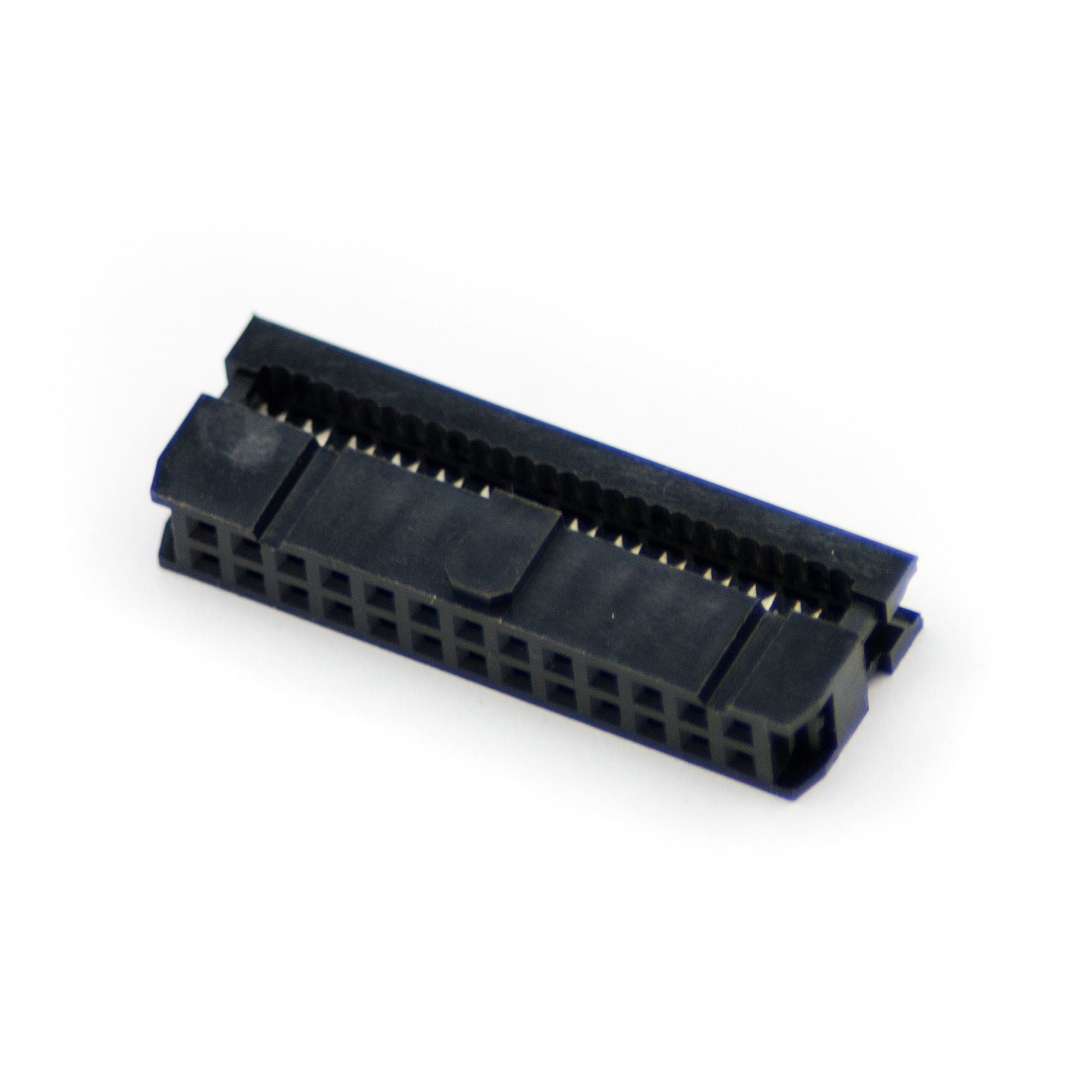
Login / Signup
Cart
Your cart is empty
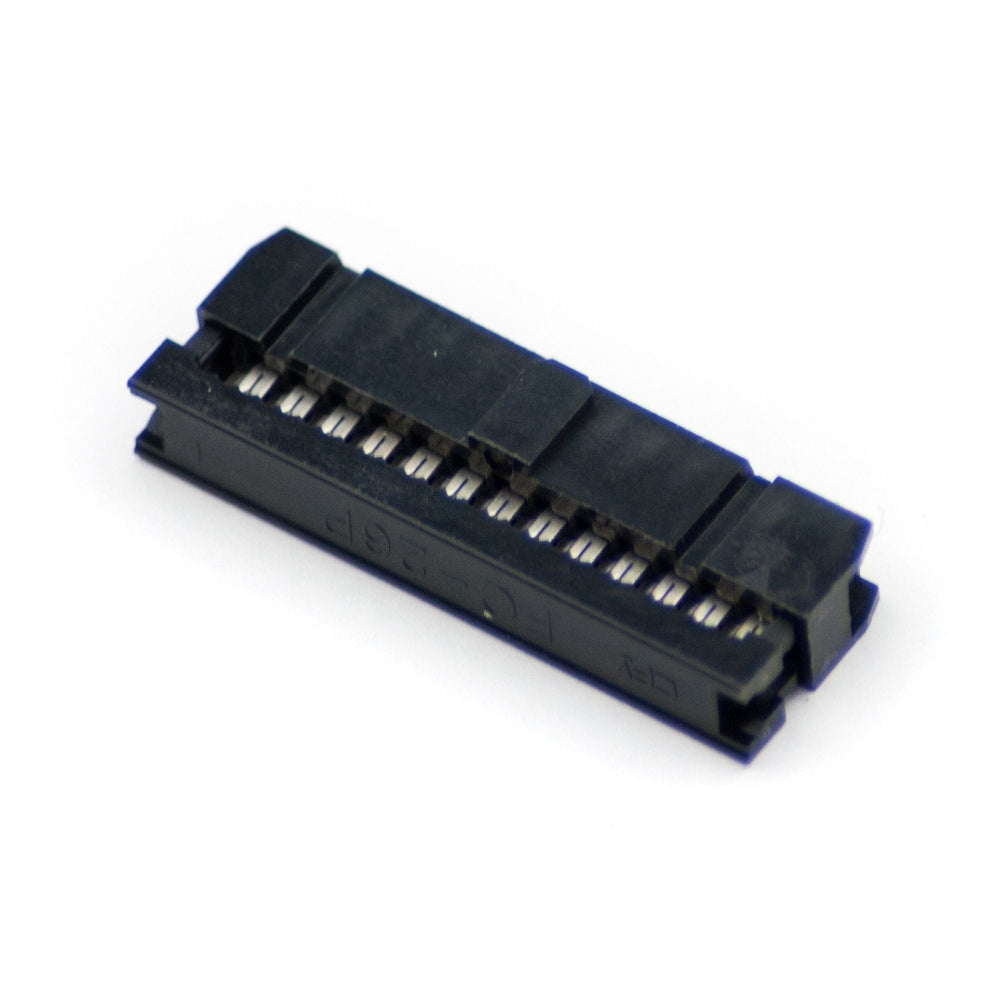
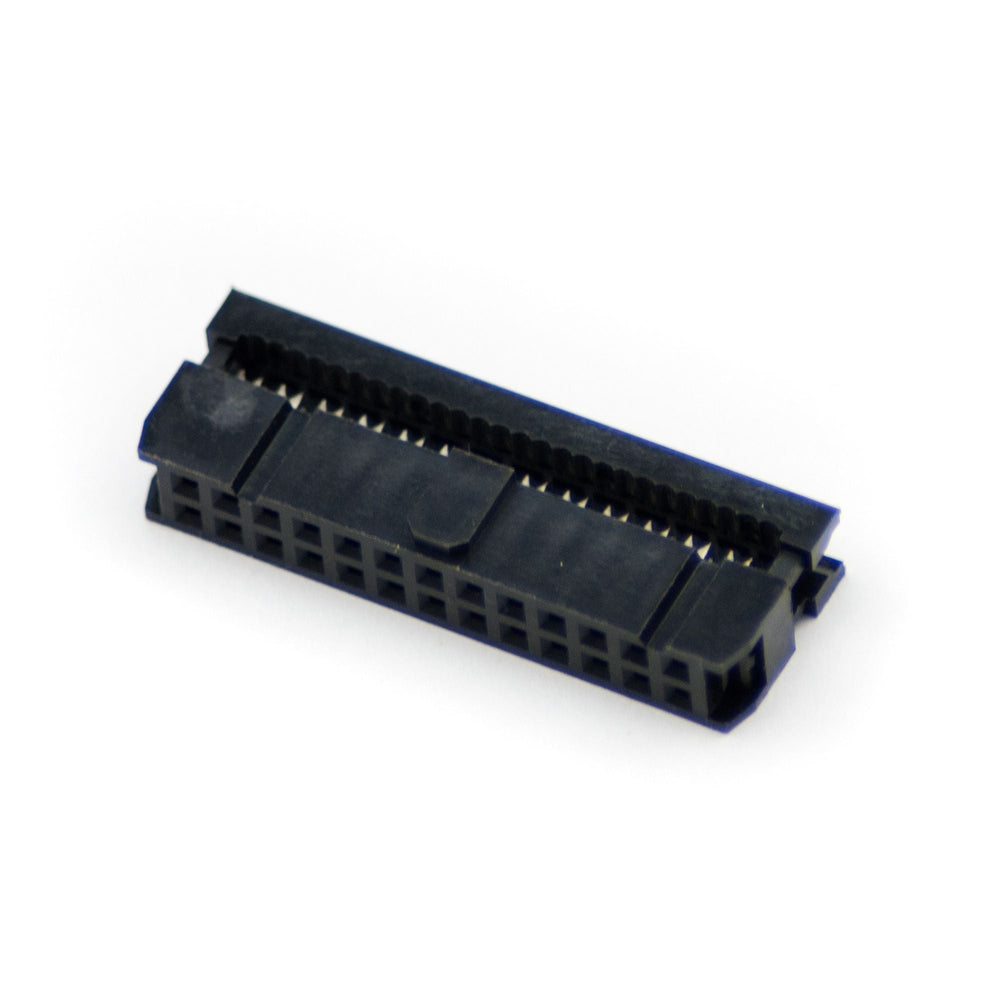
The Raspberry Pi is equipped with a row of GPIO pin headers. These aren't just for show however, these GPIO (General Purpose Input/Output) pins can be used to access a whole new world of fun with your Raspberry Pi. Through programming the Pi, these GPIO ports are able to undertake a variety of tasks including playing with LEDs, running motors and sending and receiving data.
So, if you want to get your Raspberry Pi interacting with physical hardware electronic systems such as a breadboard, you'll most likely want to bridge the connections with a ribbon cable and socket connector.
Note: this item is for the original 26-pin Raspberry Pi GPIO ribbon cables.
The Ribbon Cable Socket Connector will require a Ribbon Cable for most connections.
Here's a quick video on how to get the Raspberry Pi socket connector and Ribbon Cable attached:
Here's a demonstration of what you can do with the GPIO pins:



